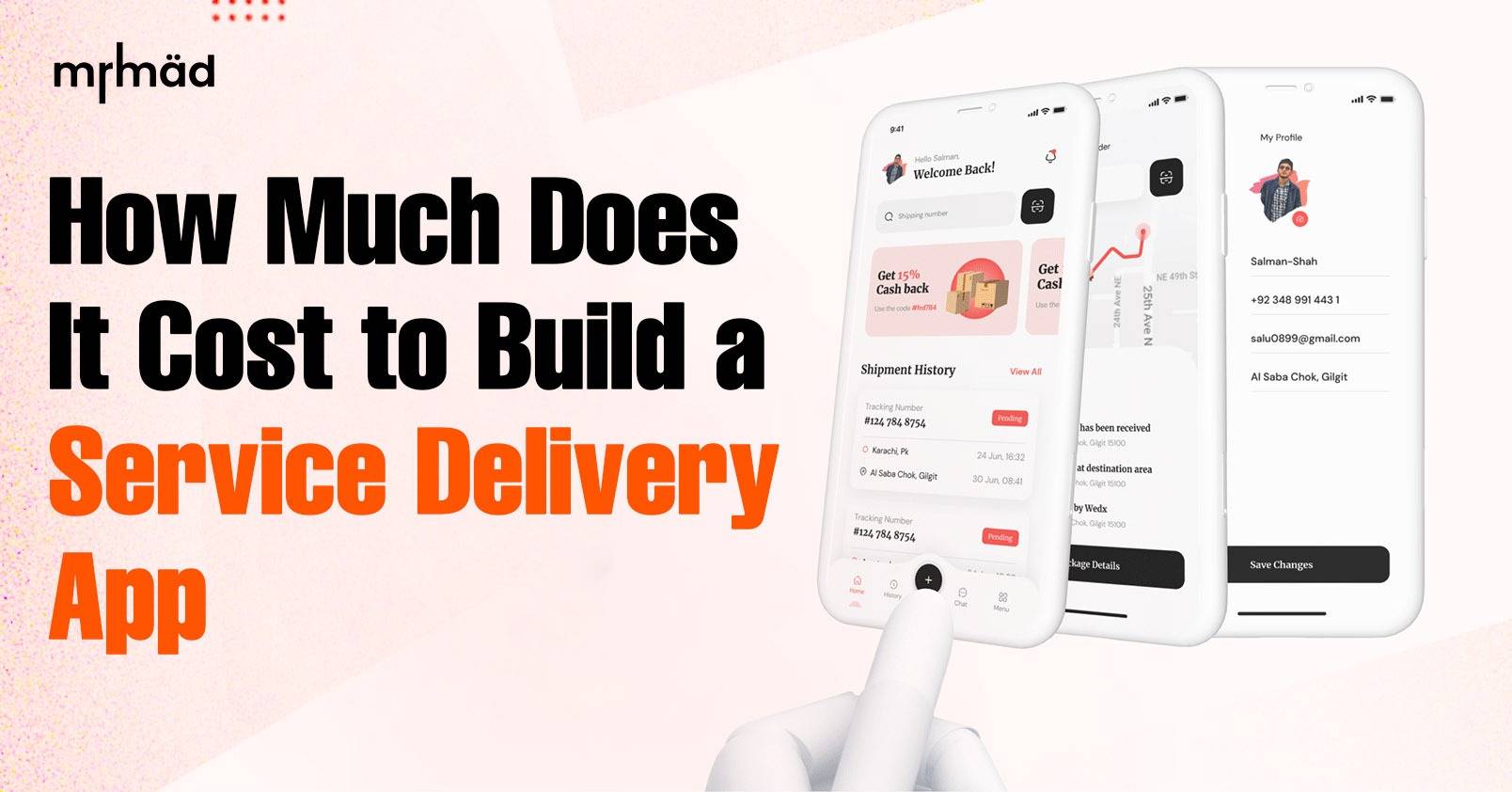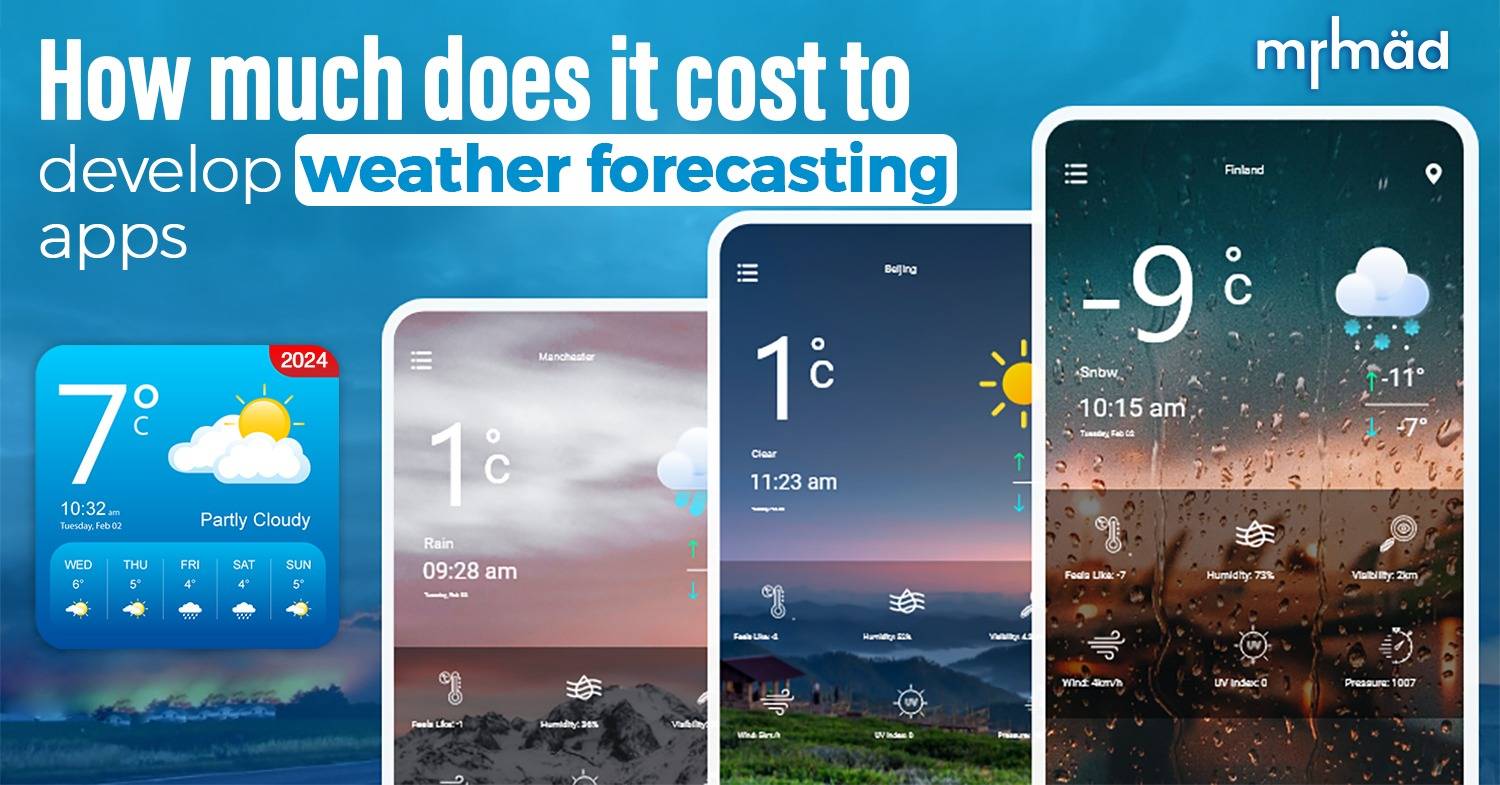Scale Your Business with Multi-Tenancy eCommerce
Expand effortlessly, tap into new markets, and unlock boundless opportunities for your business.
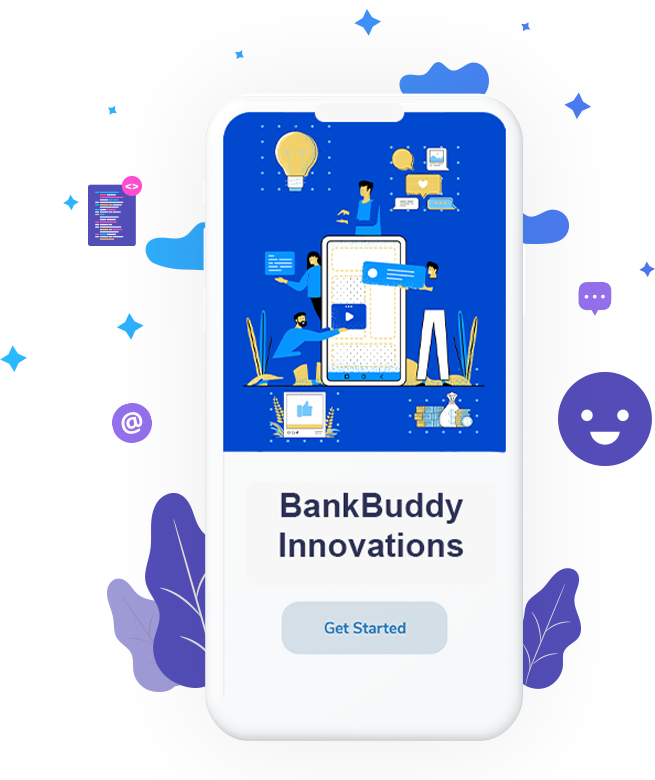

How does a Multi-Tenancy eCommerce Platform work?
A Multi-Tenancy eCommerce platform operates by allowing multiple independent businesses or tenants to operate their own online stores within a single shared infrastructure.Multi-Tenancy eCommerce platform provides a robust and scalable solution for businesses to establish and manage their online stores efficiently, while benefiting from shared resources and infrastructure provided by the platform provider.
With my QR Pay systems I offer an integration into mobile banking apps, digital wallets, or specific payment apps provided by banks or third-party companies.
Creation of Tenants
The platform administrator creates separate accounts or instances for each tenant (business/store owner) who wishes to operate their online store.
Product Management
Tenants can add, edit, and manage their product catalog independently. They can upload product images, set prices, manage inventory, and create product categories specific to their store.
Customization and Branding
Each tenant is provided with tools and interfaces to customize and brand their online store according to their preferences. This includes options to upload logos, choose color schemes, and customize layouts to reflect their brand identity.
Order Management
The platform centralizes order management functionality, allowing tenants to view and process orders received through their individual stores. They can manage order fulfillment, track shipments, and handle customer inquiries related to orders.

Get Your Custom Multi-Tenant Solution Today!
Discover how our tailored multi-tenancy eCommerce platforms can streamline your business operations and enhance scalability.
The apps that offer a similar business model are
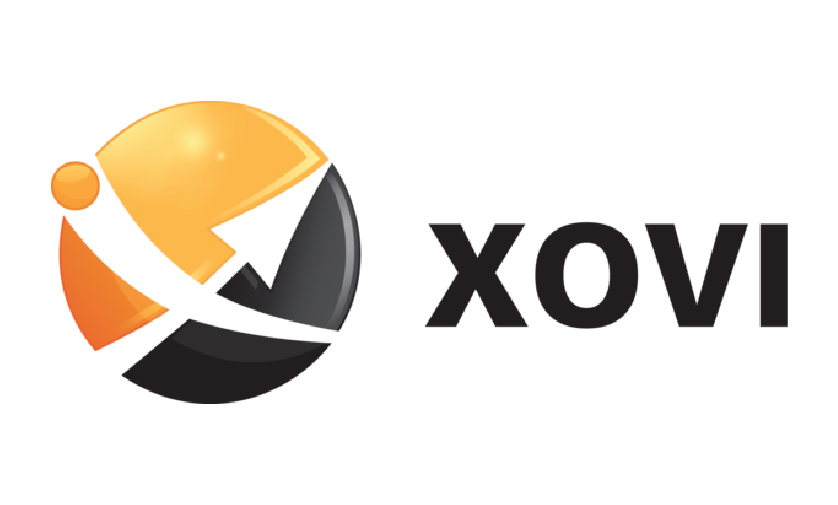
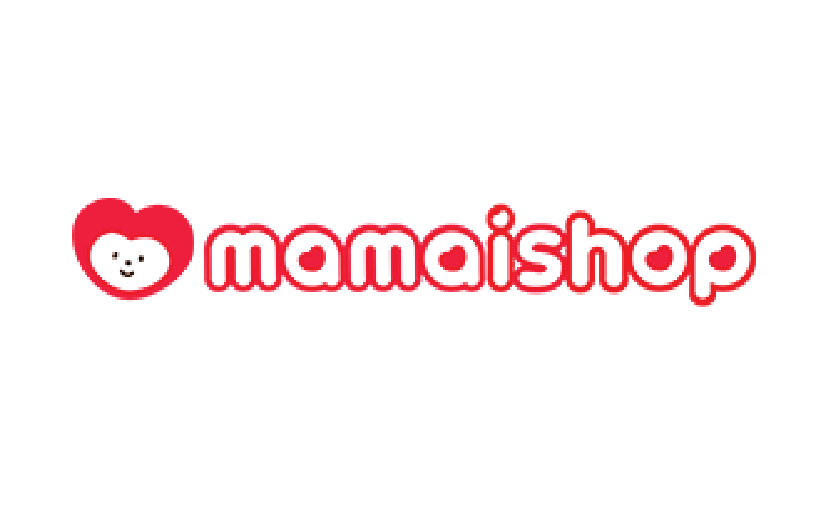

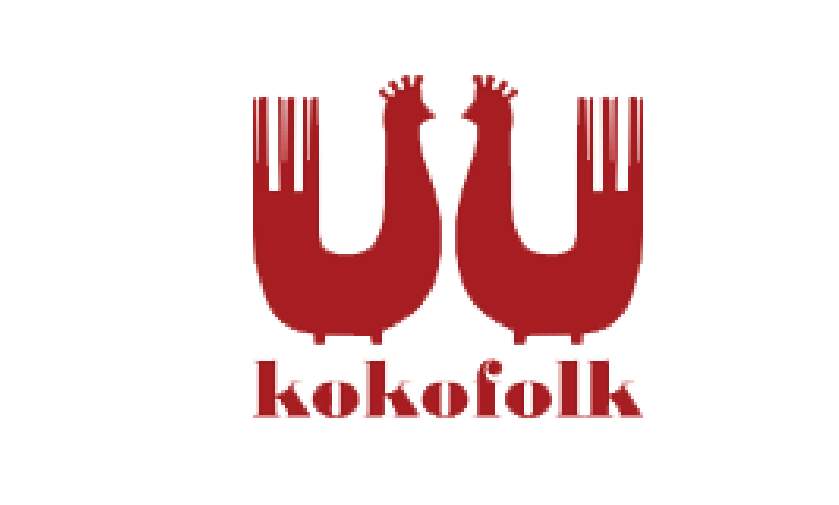

QR Pay has acquired fame because of its comfort, speed, and usability. It kills the requirement for actual charge cards, cash, or the manual contribution of installment subtleties. Besides, vendors track down it a savvy option in contrast to customary retail location frameworks. With me I can get everything rolling ahead with the administrations.

Frictionless, Embedded, Personalized, Secure QR Pay
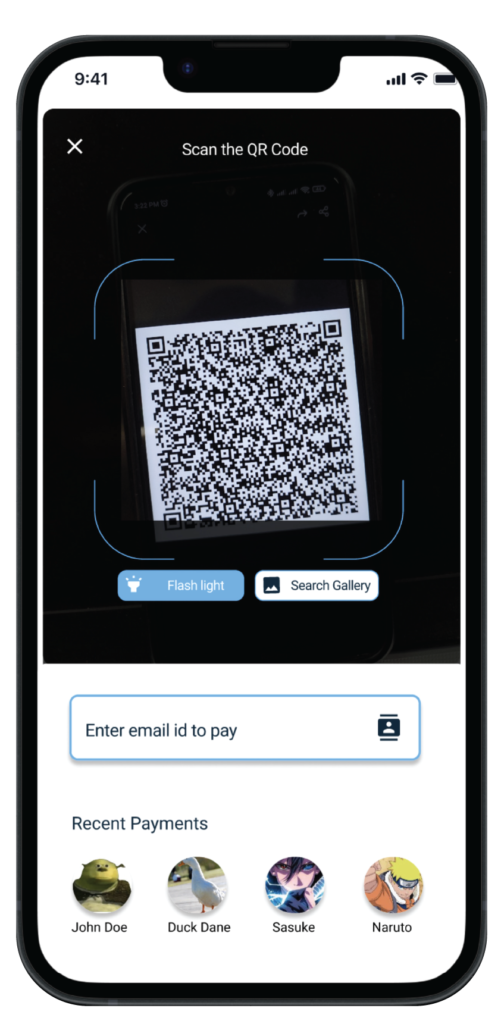
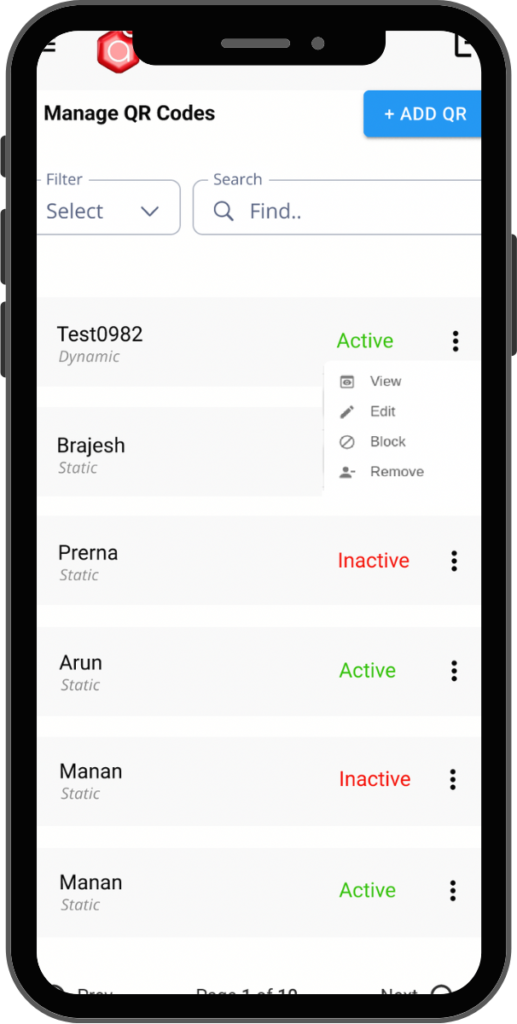

Revolutionize Payments with QRPay!
User features
The client elements of QR Pay might fluctuate relying upon the particular application or administration you are utilizing, yet here are some normal client highlights:
Account Registration
Users can create accounts to access various features such as order history, wish lists, and saved addresses.
Product Search and Browsing
Users can search for products, browse categories, and filter results based on criteria like price, brand, and availability.
Product Details
Users can view detailed product descriptions, specifications, images, and customer reviews.
Shopping Cart
Users can add items to their shopping carts, edit quantities, and proceed to checkout.
Checkout Process
Users can securely complete their purchases, choose shipping methods, enter payment details, and review order summaries.
Order Tracking
Users can track the status of their orders, view shipment details, and receive notifications on order updates.
Security
QR Pay systems often employ encryption and secure authentication methods to protect user data and prevent fraud. Additionally, some QR Pay apps require PINs, biometrics, or passwords for authorization, enhancing the security of transactions.
Merchant Offers and Discounts
Users may be able to pay bills for utilities, services, or subscriptions through the QR Pay app, streamlining the payment process for recurring expenses.
International Payments
Depending on the app and its capabilities, QR Pay might allow users to make cross-border payments, making it a convenient option for travelers or international transactions.
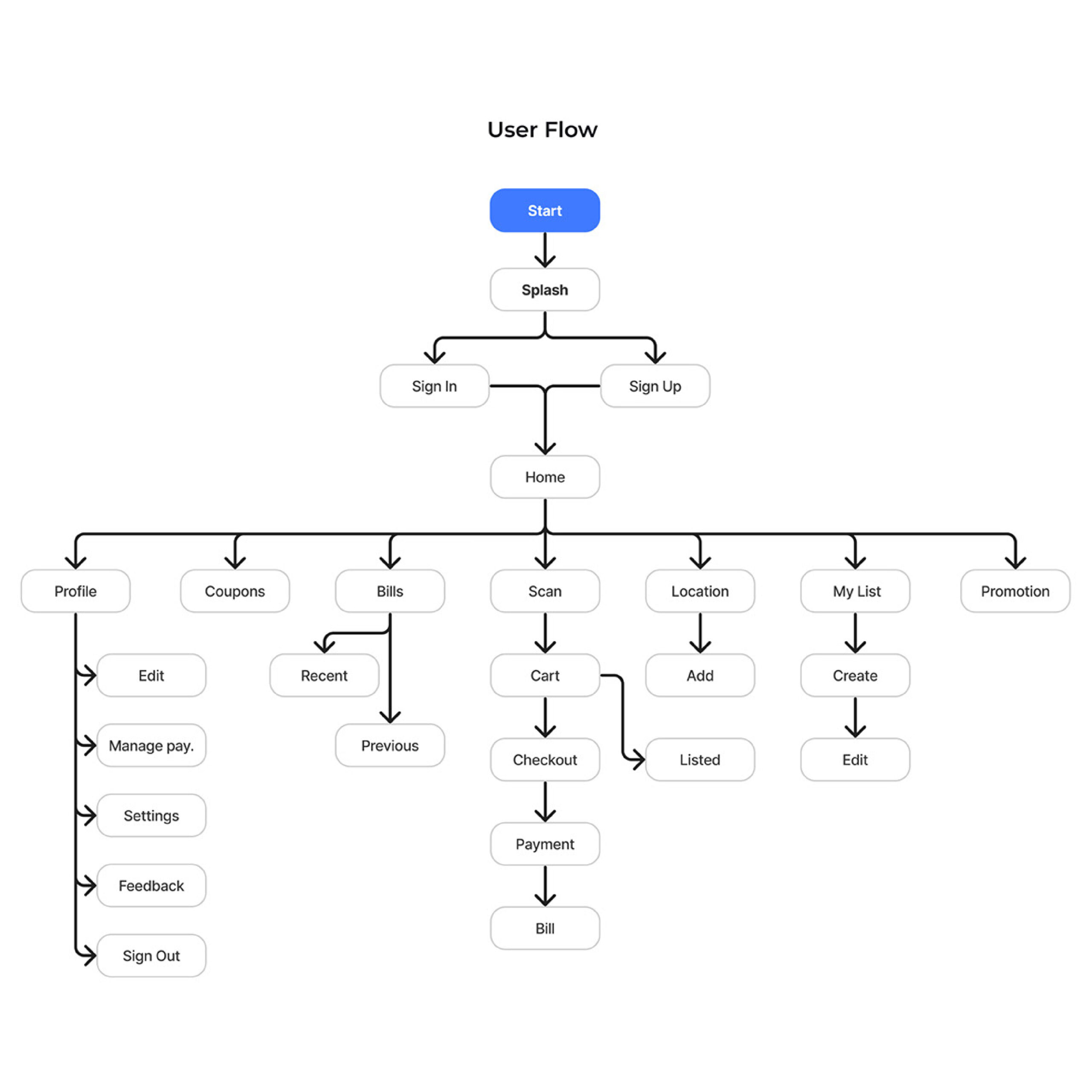
Merchant features
Merchant features of QR Pay refer to the functionalities and benefits that businesses and retailers can access when accepting payments through QR codes. These features can vary depending on the QR Pay service provider, but here are some common merchant features
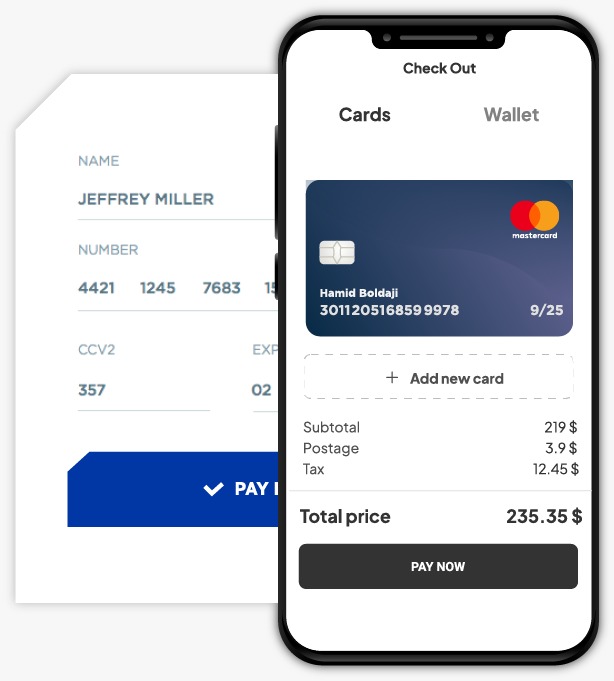
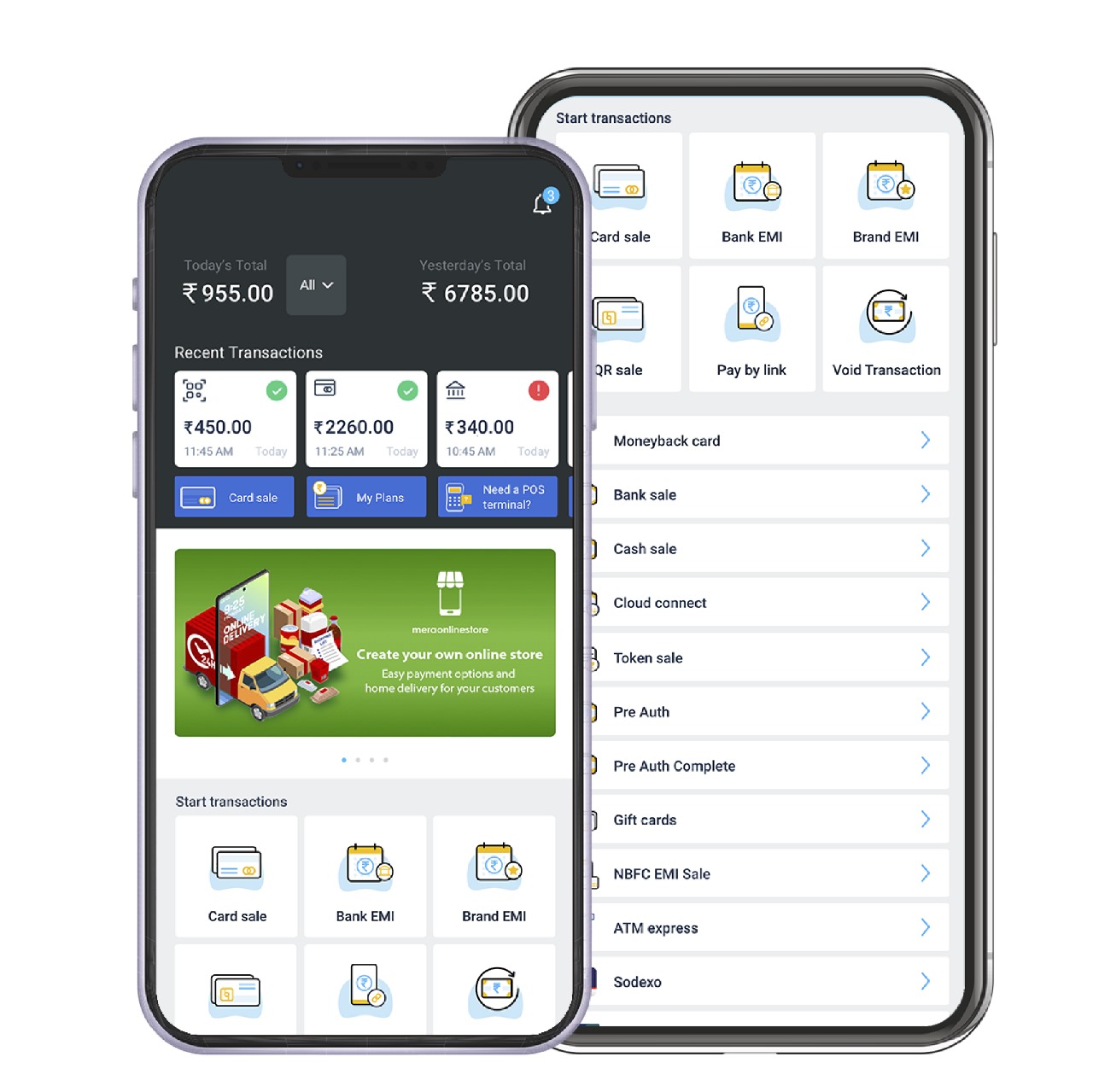
Easy Onboarding
QR Pay providers regularly offer a direct onboarding process for dealers, working on it to start enduring QR portions without broad strategies.
Quick and Contactless Payments
QR Pay enables merchants to recognize portions quickly and easily. Clients can simply clear the QR code displayed at the retail store using their PDAs, discarding the prerequisite for genuine cash or cards.
Low Transaction Fees
Some QR Pay providers offer competitive transaction fees compared to traditional payment methods, making it an attractive option for merchants, especially those with small and medium-sized businesses.
Security Measures
QR Pay benefits ordinarily execute hearty safety efforts to shield vendors from misrepresentation and unapproved exchanges. These may consolidate encryption, approval shows, and distortion recognizable proof systems.
Real-time Transaction Notifications
Merchants can receive real-time notifications on their smartphones or devices whenever a successful payment is made through QR Pay. This feature helps them track transactions and manage their cash flow more efficiently.
Transaction Analytics and Reporting
QR Pay applications frequently give dealers admittance to exchange information and investigation. This data can offer insights into sales patterns, popular products, and customer behavior, enabling better business decisions.
Integration with POS Systems
Many QR Pay services can integrate with existing Point-of-Sale (POS) systems, allowing merchants to seamlessly incorporate QR payments into their current payment processing infrastructure.
Customizable QR Codes
Merchants can often customize their QR codes, adding logos or branding elements to make them more visually appealing and recognizable to customers.
Seamless Refunds and Disputes
In case of any disputes or the need for refunds, QR Pay apps typically offer a smooth process for merchants to handle these situations.
Promotions and Loyalty Programs
Some QR Pay systems allow merchants to set up promotions, discounts, or loyalty programs to incentivize customer engagement and repeat business.
International Acceptance
Depending on the QR Pay service, merchants may be able to accept payments from customers internationally, expanding their customer base and potential sales.
Likewise with client includes, the particular functionalities accessible to dealers might differ among QR Pay suppliers and could have advanced since my last update in September 2021. Shippers ought to explore different QR Pay administrations to track down the one that best addresses their issues and lines up with their business targets.
Super Admin Panel
The “Super Administrator Board” alludes to the regulatory control board intended for super chairmen or framework directors who deal with the whole installment biological system or stage.
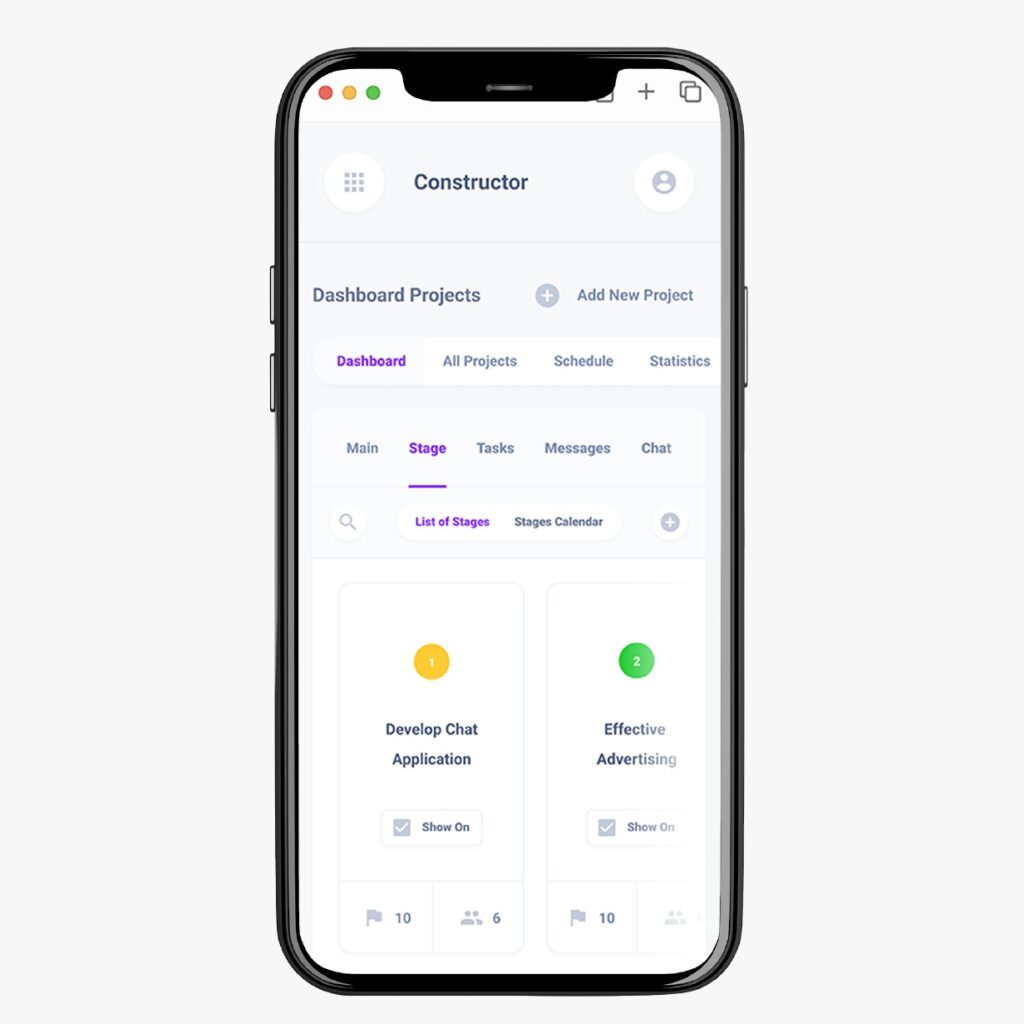
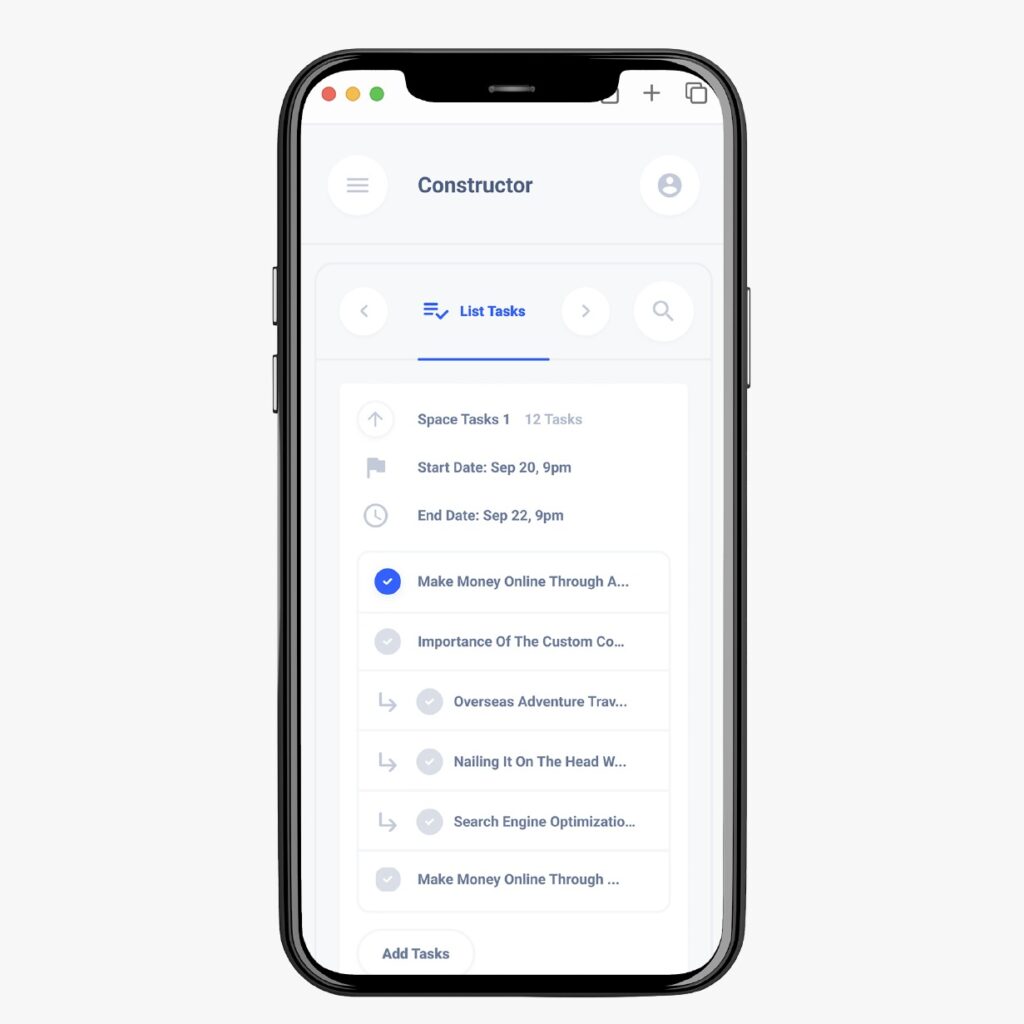
Tenant Management
Super admins can onboard new tenants, manage tenant accounts, and configure tenant settings.
Platform Configuration
Super admins can configure platform settings, including global settings, payment gateway integrations, and shipping options.
User Management
Super admins can manage user accounts, roles, permissions, and access levels across the platform.
Analytics Dashboard
Super admins can access a centralized analytics dashboard to monitor platform performance, track key metrics, and generate reports.
Security and Compliance
Super admins can access a centralized analytics dashboard to monitor platform performance, track key metrics, and generate reports.
Support and Assistance
Super admins can provide support and assistance to tenants and users, resolve issues, and escalate technical inquiries as needed.
System Settings and Customization
The panel typically provides options for customizing the appearance, branding, and settings of the payment platform to align with the company's identity.
API Management
If the payment system offers APIs for integration with other services, the Super Admin Panel may include API management features, allowing super admins to monitor API usage and manage access.
Support and Customer Service
Super admins may have access to customer support tools and features to address any issues or inquiries related to the payment platform.
Notifications and Alerts
The panel can be equipped with features to set up notifications and alerts for critical events, such as high-value transactions or system issues.
Backup and Recovery
Super admins might have the ability to perform backups of the payment system's data and configure disaster recovery procedures.
Merchant Management
Super admins can manage merchant accounts, review applications, approve or reject new merchants, and monitor the performance of existing merchants.
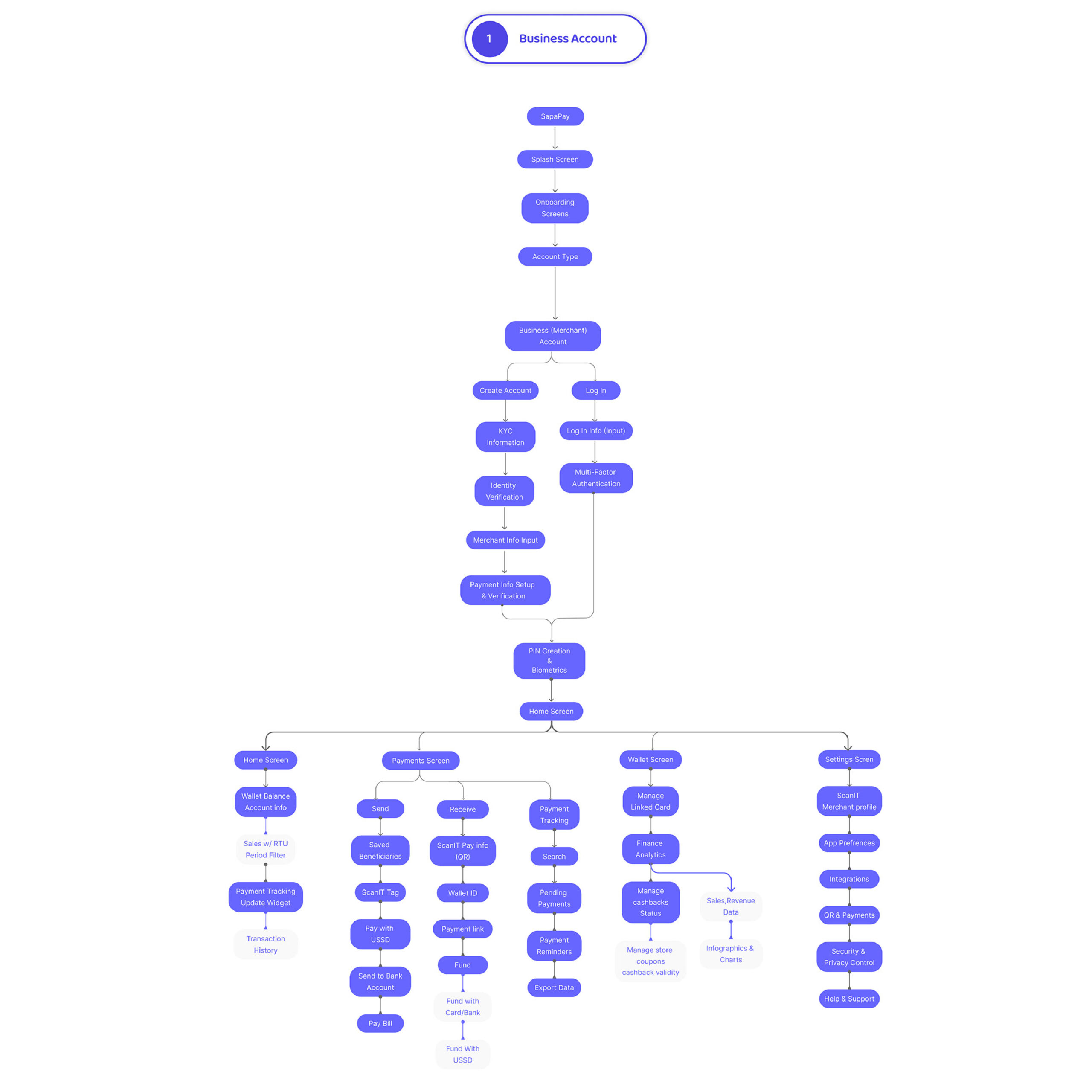
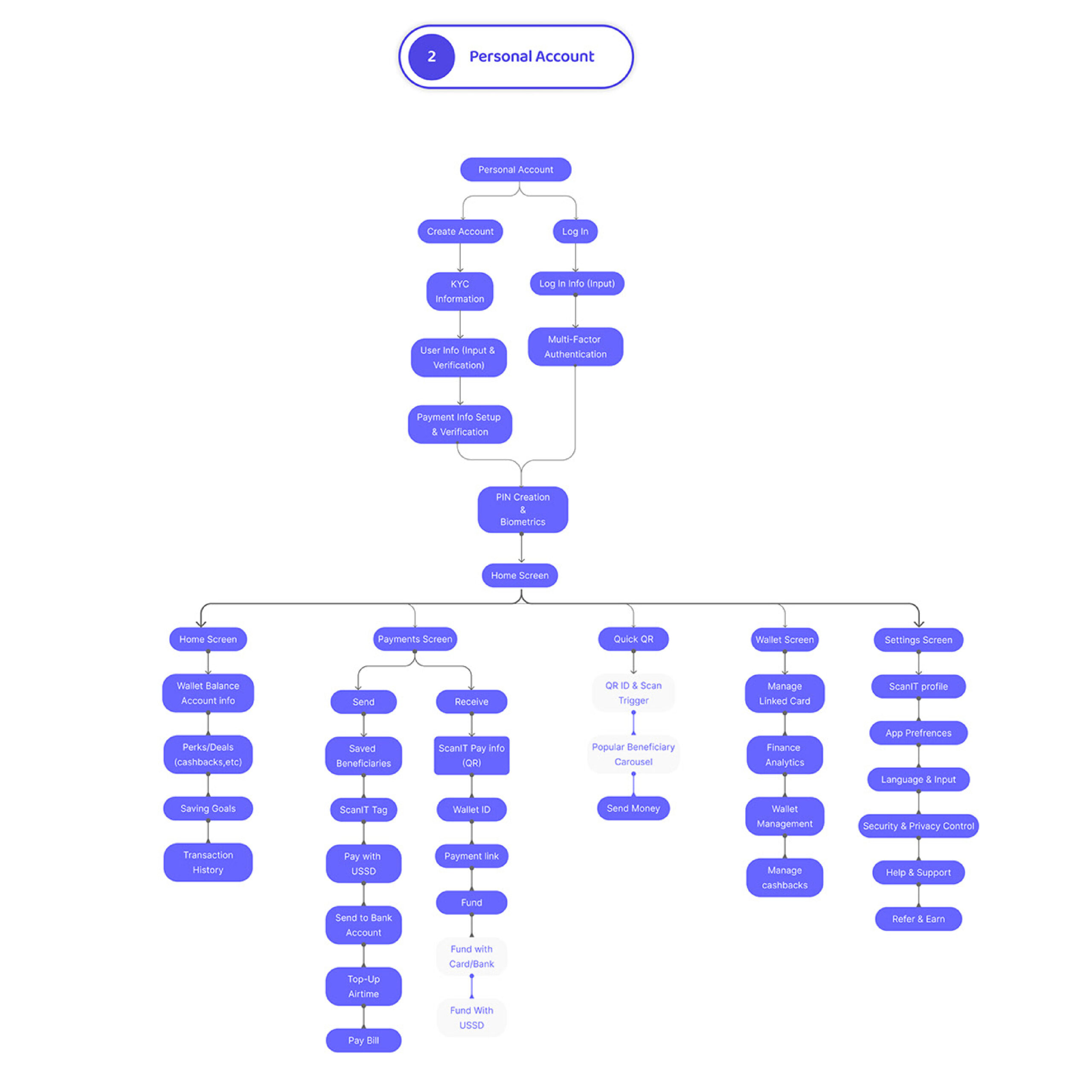
Tech stack used
The innovation and structure utilized for QR Pay frameworks can differ contingent upon the particular application, stage, or specialist co-op. Notwithstanding, I can specify a portion of the normal advancements and structures that are many times engaged with creating and carrying out QR Pay arrangements:
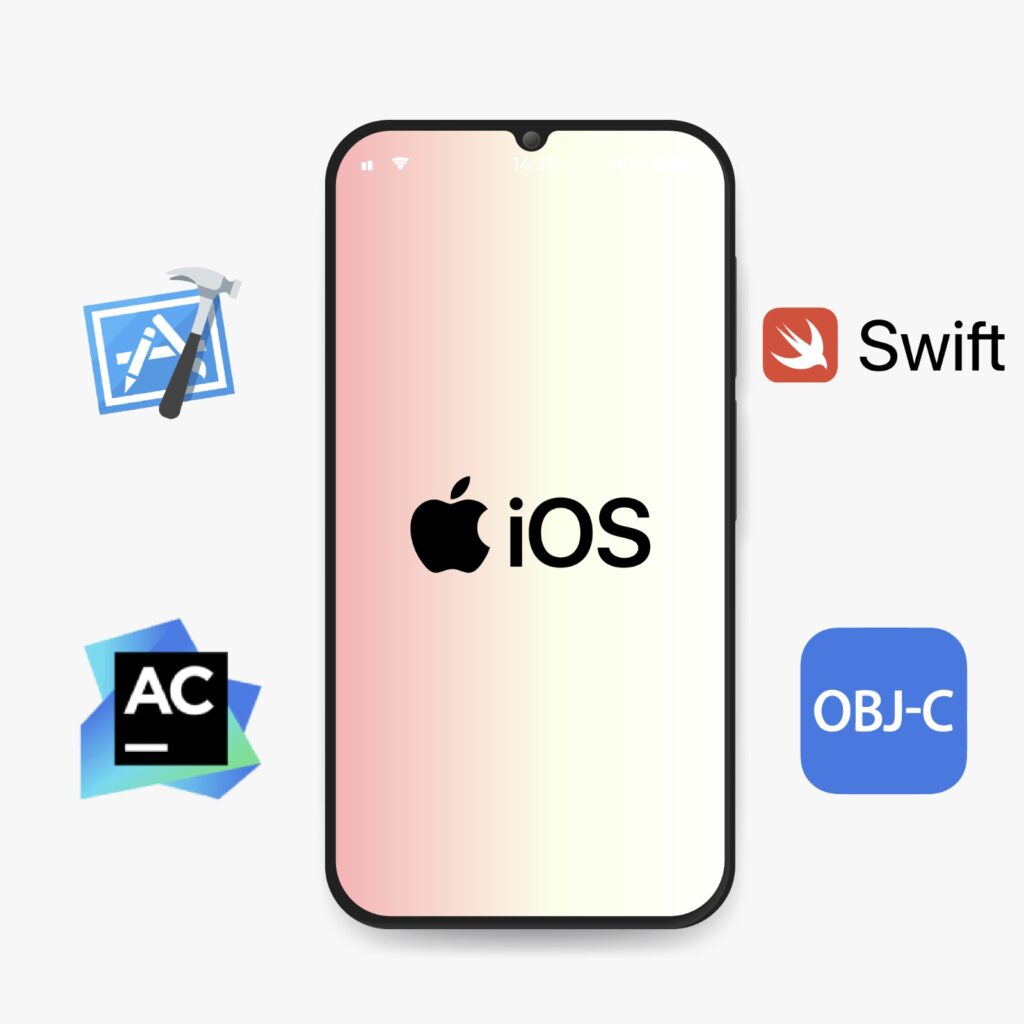
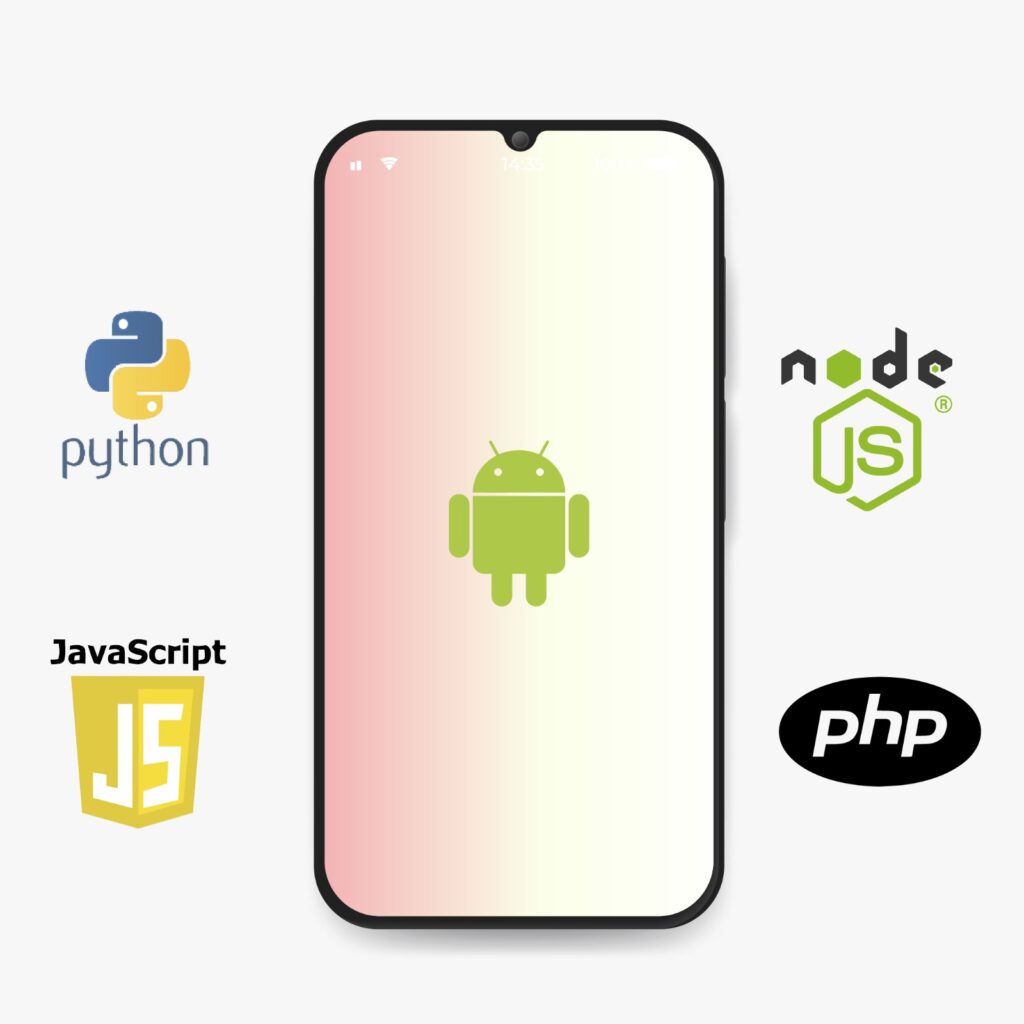
HTML5, CSS3
For structuring and styling the user interface.
JavaScript
For client-side interactivity and dynamic content rendering.
React.js, Vue.js, Angular
Frontend frameworks for building responsive and interactive user interfaces.
Node.js, Python, Ruby
Server-side scripting languages for handling server logic and processing requests.
Express.js, Flask, Django, Ruby on Rails
Backend frameworks for building RESTful APIs and managing server-side operations. GraphQL: Alternative API query language for fetching data more efficiently.
MongoDB, MySQL, PostgreSQL
Database management systems for storing product information, user data, and transactional records.
Security and Encryption
To ensure secure transactions, QR Pay systems employ encryption algorithms and security protocols. Technologies like SSL/TLS certificates and OAuth might be used to secure communications between the app and the backend servers.
Mobile Wallet Integration
QR Pay apps often integrate with mobile wallet services to enable users to link their bank accounts or credit/debit cards. This integration may involve SDKs provided by mobile wallet providers.
Cloud Services
Many QR Pay systems utilize cloud services like Amazon Web Services (AWS), Microsoft Azure, or Google Cloud Platform for hosting their backend infrastructure, ensuring scalability and reliability.
Analytics and Reporting
For tracking user behavior and transaction analytics, QR Pay systems might integrate with analytics tools like Google Analytics or custom analytics solutions.
Push Notifications
QR Pay apps often send push notifications to users. For this, services like Firebase Cloud Messaging (FCM) or Apple Push Notification Service (APNS) might be used.
Google Analytics
Firebase Cloud Messaging
Understand how a multi-tenancy eCommerce platform can benefit your business

"Simplify Your Classifieds Experience
With me you can altogether improve the quality, effectiveness, and progress of the application
Support Facility
Support facilities for a Multi-Tenancy eCommerce platform are crucial for ensuring smooth operations, addressing technical issues, and providing assistance to users and merchants. Here are some key support facilities commonly provided:
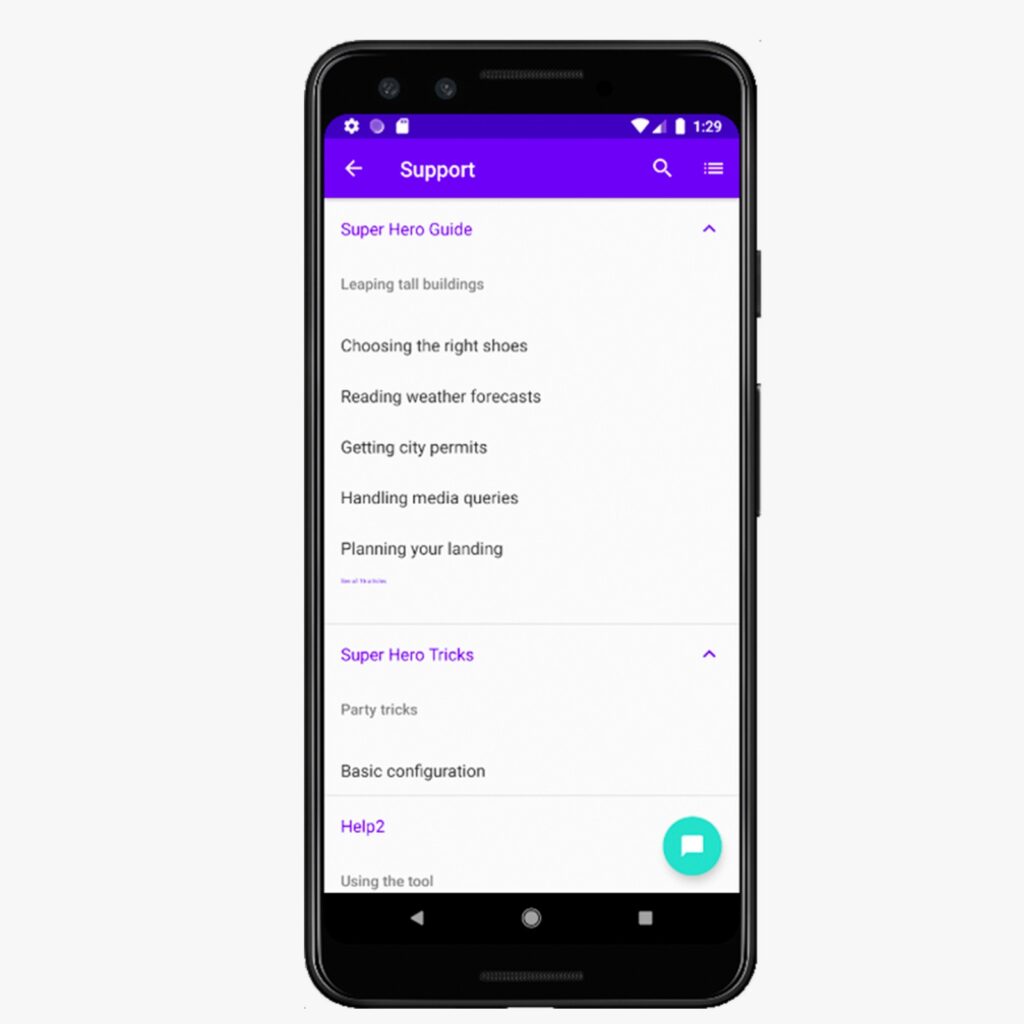
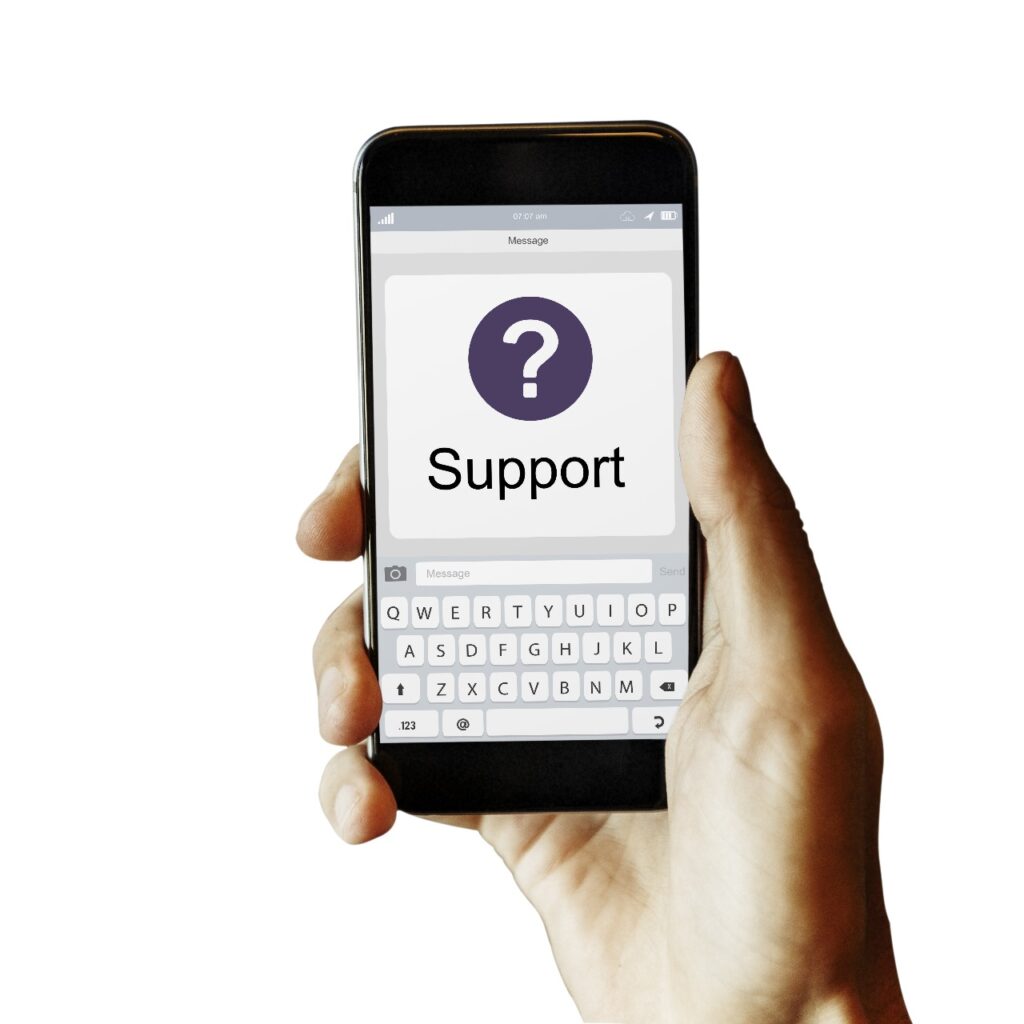
24/7 Customer Support
Offer round-the-clock customer support via email, phone, or live chat to address queries, resolve issues, and provide assistance to users and merchants.
Technical Support
Provide technical support to troubleshoot issues related to platform functionality, integrations, API usage, and system configurations.
Knowledge Base and FAQs
Maintain a comprehensive knowledge base and FAQ section with articles, guides, tutorials, and troubleshooting resources to help users and merchants find solutions independently.
Ticketing System
Implement a ticketing system for users and merchants to submit support requests, track ticket status, and receive timely responses from support agents.
Community Forums
Foster a community of users and merchants where they can share experiences, exchange ideas, and seek advice from peers and experts.
Training and Onboarding
Provide training sessions, webinars, and onboarding resources to help new users and merchants familiarize themselves with the platform features, tools, and best practices.
Interested in our multi-tenancy eCommerce platform development services?
equest a personalized quote to see how I can meet your unique business needs.
Why Choose me?
Technical Expertise
I understand the intricacies of architecture design, database management, scalability, security, and integration, ensuring the platform meets industry standards and best practices.
Efficiency and Quality
Being an Expert I follow efficient development methodologies and best practices to deliver high-quality solutions within the specified timeframes and budget.
Customization and Flexibility
I understand the importance of flexibility and scalability in Multi-Tenancy eCommerce platforms and can design solutions that accommodate future growth and evolving business needs.
Your go-to solution for hassle-free and secure payments.
Develop a powerful feature-packed digital e-wallet application development
Frequently asked questions
Multi-Tenancy eCommerce platform is a software solution that allows multiple independent businesses or tenants to operate their own online stores within a shared infrastructure. It enables businesses to create and manage their unique storefronts, product catalogs, and customer experiences while sharing underlying resources such as servers, databases, and software applications.
Unlike traditional eCommerce platforms where each business operates a separate instance of the software, a Multi-Tenancy eCommerce platform provides a shared environment where multiple businesses coexist and share resources. This enables cost savings, streamlined management, and centralized maintenance while still offering individualized storefronts and experiences for each business.
The benefits include cost efficiency, scalability, centralized management, faster time-to-market, flexibility for tenants to customize their stores, and enhanced security through shared infrastructure.
Additionally, it fosters collaboration and community among tenants, encourages innovation, and supports ecosystem growth.
The benefits include cost efficiency, scalability, centralized management, faster time-to-market, flexibility for tenants to customize their stores, and enhanced security through shared infrastructure.
Additionally, it fosters collaboration and community among tenants, encourages innovation, and supports ecosystem growth.
Yes, Multi-Tenancy eCommerce platforms implement robust security measures to protect sensitive data. This includes encryption of data transmission, access controls, regular security audits, compliance with industry standards such as PCI DSS for payment processing, and adherence to data protection regulations like GDPR.
Multi-Tenancy eCommerce platforms offer varying degrees of customization depending on the provider and plan. Typically, tenants can customize their storefronts, branding, product catalogs, pricing, shipping options, and more. Advanced customization options may include API access for integrating third-party systems and custom development services.
Yes, Multi-Tenancy eCommerce platforms often provide features for managing multiple storefronts or brands from a single account. This includes centralized dashboard views, cross-store analytics, inventory management, and order processing functionalities to streamline operations for businesses with multiple online stores.
Tenants on a Multi-Tenancy eCommerce platform typically pay subscription fees or usage-based charges based on their chosen plan and usage levels. Billing may be handled centrally by the platform provider or individually for each tenant. Additionally, revenue-sharing models may apply for certain services or transactions.
Multi-Tenancy eCommerce platforms offer various support and maintenance services to tenants, including technical support, training, onboarding assistance, platform updates, and security patches. Some platforms may provide self-service resources like knowledge bases, forums, and developer documentation to help tenants troubleshoot issues independently.
Yes, many Multi-Tenancy eCommerce platforms offer migration services to help businesses transition their existing online stores to the new platform. This typically involves data migration, design customization, platform configuration, and training to ensure a smooth and seamless migration process.
To get started, you can research and evaluate different Multi-Tenancy eCommerce platform providers based on your business requirements, budget, and growth objectives. Once you've selected a platform, you can sign up for a trial or contact the provider to discuss your needs and begin the onboarding process.
Yes, QRPay systems often provide detailed transaction histories and customer insights, helping you make informed business decisions.
Yes, customers need a QRPay-enabled app, but most smartphones come with built-in QR code scanners.
The timeline varies based on complexity, but skilled developers can typically integrate QRPay in a matter of weeks to a few months.
Yes, QRPay is versatile and can be used for both physical and online product transactions.
Yes, QRPay is versatile and can be used for both physical and online product transactions.
Yes, QRPay is versatile and can be used for both physical and online product transactions.
Yes, many QRPay systems support international transactions, making it suitable for businesses with a global customer base.
QRPay can often offer lower transaction fees compared to traditional payment methods, helping you save on processing costs.
You can promote it through your website, social media, in-store signage, and by offering exclusive QRPay discounts.
Costs vary based on project complexity, but the benefits often outweigh the development expenses in terms of increased sales and efficiency.
Yes, QRPay enables faster payments, reducing the time between sales and the availability of funds.
Regular updates and security maintenance are necessary, but your development team can handle these tasks efficiently.
Regular updates and security maintenance are necessary, but your development team can handle these tasks efficiently.
The biggest benefit is the enhanced customer experience, offering convenience, speed, and security, ultimately driving more sales and loyalty.
Latest Blog
Check out the latest articles and get valuable insights
Get In touch with me today
I’am here to help ! If you have any Questions or would you like to discuss about your mobile app development services then I am here to assist you.
Have a cool Project?
Get in touch
Our Location
Email Address
Let's talk about your project.
I’am here to help with any questions or needs you might have. Reach out to me, and let’s start a conversation about how I can assist you.


